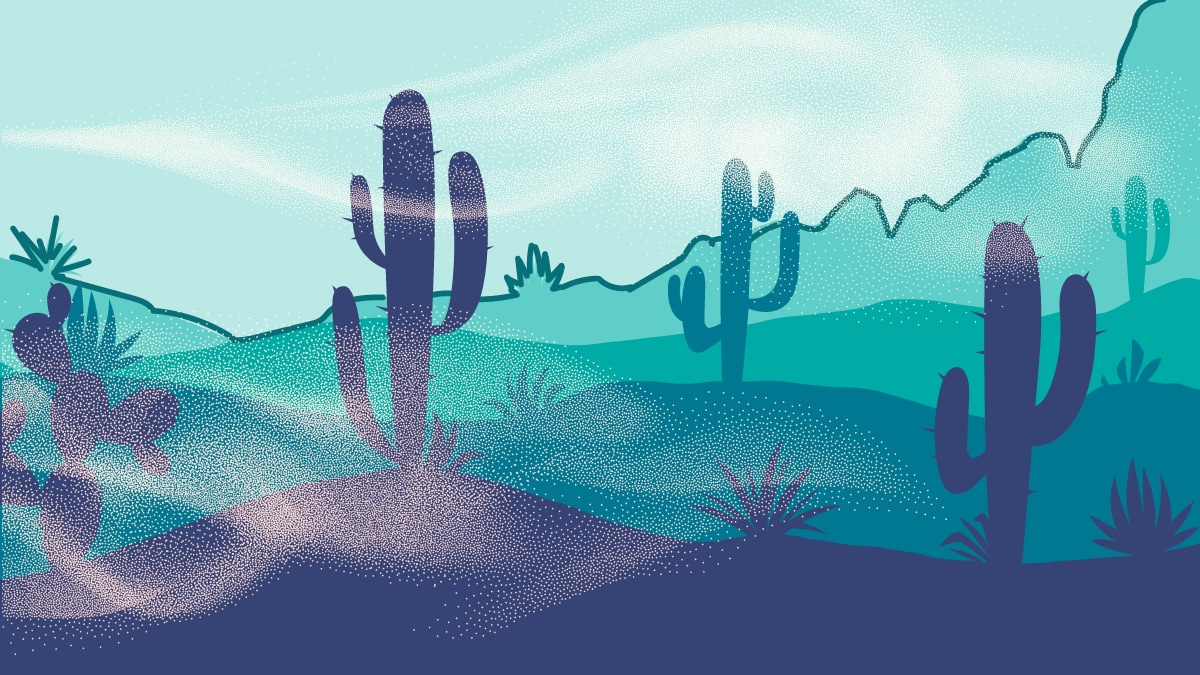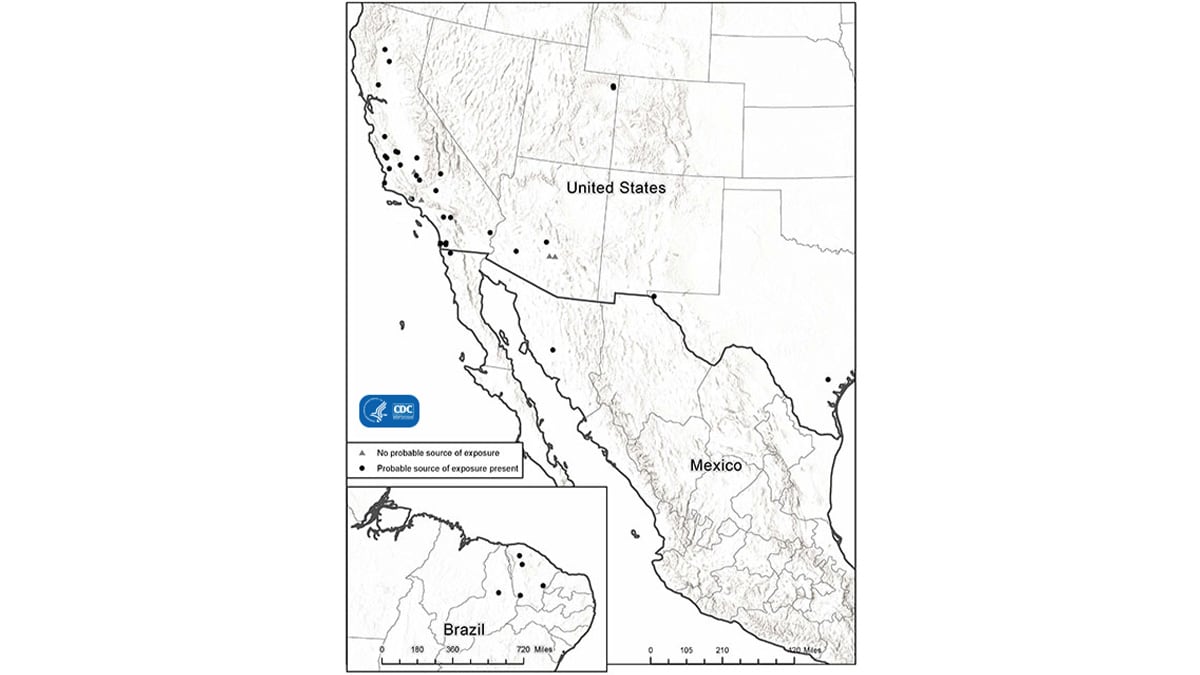Key points
- The fungus that causes Valley fever lives in the southwestern U.S., parts of Washington, Mexico, and Central America.
- Changes in weather and climate may allow the fungus that causes Valley fever to spread and live in more areas.
- Outbreaks of Valley fever are rare.

Maps
These maps show the approximate areas where the fungus that causes Valley fever (Coccidioides) is found. Coccidioides is not distributed evenly and may not be present everywhere within the shaded areas. It may also be present outside of the areas indicated.


Areas with reported Valley fever cases
In the U.S., Coccidioides lives in soil and dust in the Southwest and parts of the Pacific. Historically, Valley fever spreads in Arizona, California, Nevada and New Mexico.

Environment and determining range
In 2013, Washington was added to the list of states with local spread. Several residents in the area developed Valley fever without recent prior to travel to areas known for Valley fever.
Public health investigators collected samples from one patient and from soil the patient was likely exposed to. Whole genome sequencing (an advanced laboratory method for DNA analysis and comparison) was conducted on the samples. Results showed that Coccidioides from the patient and the soil samples were genetically identical, confirming spread in the local environment.
Testing soil for Coccidioides is currently done only for scientific research. It is not typically used to predict disease spread. Coccidioides can be present in the soil without being released into the air. Disease spread occurs from breathing spores from Coccidioides from the air.
Scientists sometimes test soil to understand more about its habitat and how weather or climate patterns may affect its growth. New tests are being developed to improve detection of Coccidioides in the environment for research.
Scientists are studying how weather and climate change and patterns affect the habitat of the fungus that causes Valley fever. Coccidioides grows in soil after heavy rainfall. When conditions become hot and dry, the fungus disperses into the air. In Arizona and California there have been increases in Valley fever during hot, dry periods.
Valley fever outbreaks are rare. They can occur after events that disturb large amounts of soil. This map shows the locations of 40 Valley fever outbreaks recorded from 1940–2015. Some outbreaks happened in places where scientists did not expect the fungus to live.

